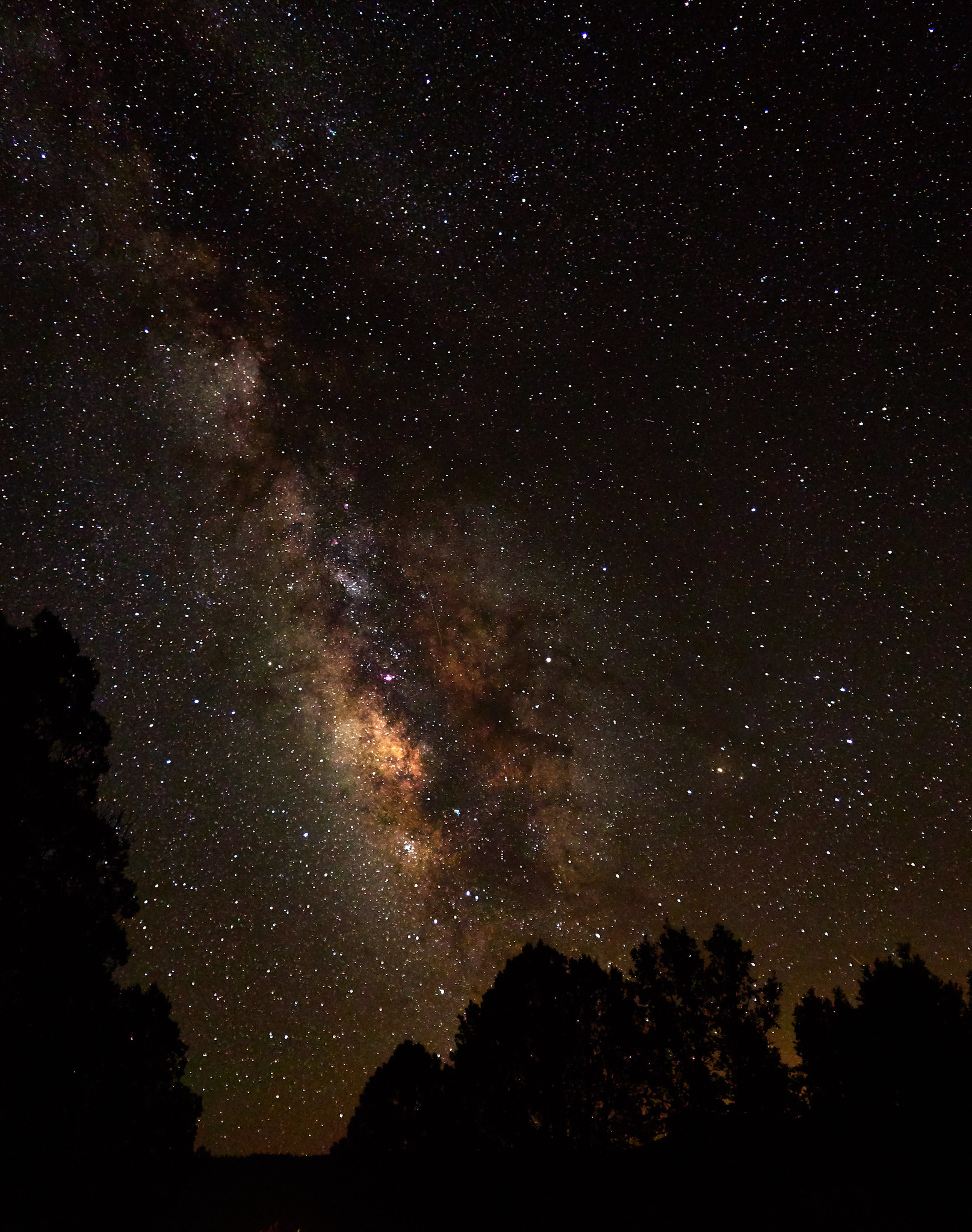
Tap – tap … tap – tap … Our little maltese, Sophie, is tapping on my shoulder telling me it’s time to get up. Noooooo … it can’t be, it’s only 5:15 am. It’s just that by her internal reckoning, it is (what used to be) 6:15 am and we’re late. 🙂
I really don’t like daylight savings time. Switching our clocks twice a year seems senseless to me … Spring Forward … Fall Back … no thanks. I’d rather just pick one time and stick with it. (May have to move to Arizona.)
Our little dogs, of course, have no concept of time and could care less what the clock says. However, what they do seem to have is an innate sense of when certain things are supposed to happen each day. For instance, they’re normally bugging me a few minutes before the time I normally feed them. So even though they can’t tell time and have no sense of it, Daylight Savings does affect them … or rather, it affects me.
We normally get up around 6 am, and if I happen to sleep in a little bit, Sophie (the little one) will be bugging me to wake up, get up, and take them outside. This year, since daylight savings ended, she’s been waking me an hour early at a little after 5am every day. Just a week ago, 5 am was 6 am and she doesn’t care what the clock says … she knows which part of the day it is regardless of what numbers the clock hands point to, and she lets me know it. I guess I just need to go to bed an hour earlier so I can get a full nights sleep, or maybe just a longer afternoon nap … yeah, that’s it. :-}





